What Are the 5 Main Types of Chemical Reactors? A Guide to Reactor Classification
Have you ever wondered how the countless chemicals we use daily are produced? The secret often lies in specialized devices called chemical reactors. But did you know that there are different types of reactors, each designed for specific reactions?
Chemical reactors are classified into five main types based on their mode of operation and heat transfer: Batch Reactors, Continuous Stirred Tank Reactors (CSTR), Plug Flow Reactors (PFR), Fixed Bed Reactors (FBR), and Fluidized Bed Reactors (FBR). Each type has unique characteristics that make it suitable for different chemical processes, from small-scale laboratory experiments to large industrial productions.

As a chemical engineer with over 15 years of experience in reactor design, I’ve seen firsthand how choosing the right reactor can make or break a chemical process. Let’s dive into each type and uncover what makes them unique and essential in the world of chemical engineering.
What is a Batch Reactor and When is it Used?
Have you ever baked a cake? If so, you’ve used a process similar to a batch reactor. But what makes this reactor type special in the chemical industry?
A batch reactor is the simplest type of chemical reactor, operating in a discontinuous mode. Reactants are added at the start, the reaction proceeds, and products are removed at the end. It’s ideal for small-scale production, testing new processes, and reactions that require long processing times. Heat transfer in batch reactors is mainly through conduction and radiation.
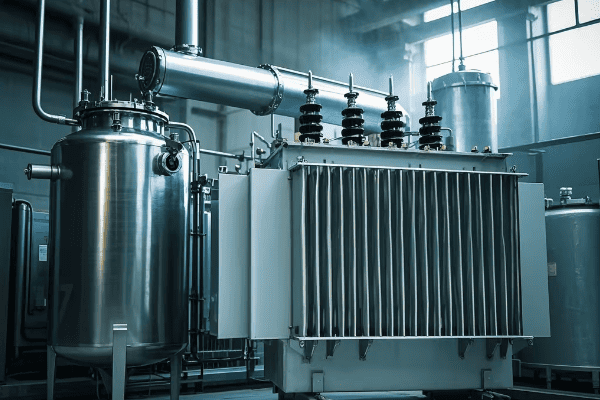
Let’s break down the key features of batch reactors:
- Operation Mode: Discontinuous (start and stop for each batch)
- Mixing: Usually equipped with stirrers for uniform mixing
- Temperature Control: Often operated at constant temperature
- Versatility: Can handle a wide range of reactions and formulations
- Scale: Suitable for small to medium-scale production
I remember a project where we used a batch reactor to develop a new pharmaceutical product. The flexibility of the batch process allowed us to easily adjust parameters between runs, which was crucial for optimizing the formulation.
Key Takeaway: Batch reactors are ideal for processes that require careful control and flexibility, especially in product development stages or for small-scale, high-value products.
How Does a Continuous Stirred Tank Reactor (CSTR) Work?
Imagine a pot of soup that’s constantly being stirred, with ingredients continuously added and the soup simultaneously removed. That’s essentially how a CSTR operates. But why is this type of reactor so popular in the chemical industry?
A Continuous Stirred Tank Reactor (CSTR) operates in a continuous mode, with reactants constantly fed in and products continuously removed. It features a well-designed stirring system that ensures uniform mixing. CSTRs are widely used in the chemical industry due to their steady-state operation and efficient heat transfer through convection.
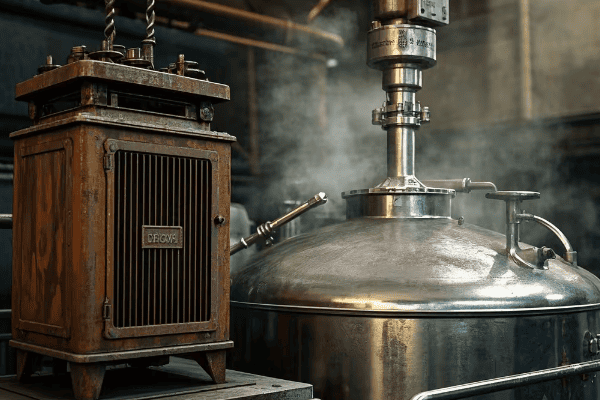
Key characteristics of CSTRs include:
- Operation Mode: Continuous
- Mixing: Excellent, due to constant stirring
- Temperature Control: Typically operated at constant temperature and pressure
- Steady State: Achieves and maintains steady-state conditions
- Heat Transfer: Primarily through convection
In my career, I’ve implemented CSTRs in various processes, from wastewater treatment to polymer production. Their ability to maintain consistent conditions makes them invaluable for processes that require precise control.
Key Takeaway: CSTRs are the workhorses of the chemical industry, offering consistent output and excellent control, making them ideal for large-scale, continuous production processes.
What Makes Plug Flow Reactors (PFR) Unique?
Have you ever watched a conveyor belt move products through an assembly line? A Plug Flow Reactor works on a similar principle, but for chemicals. What makes this design so effective for certain reactions?
Plug Flow Reactors (PFRs) are tubular reactors where reactants flow continuously through a pipe or series of pipes. They’re characterized by minimal mixing in the flow direction, creating a "plug" of material moving through the reactor. PFRs are ideal for reactions requiring high uniformity in reaction rate and heat transfer, often used in gas-phase reactions and continuous processing.
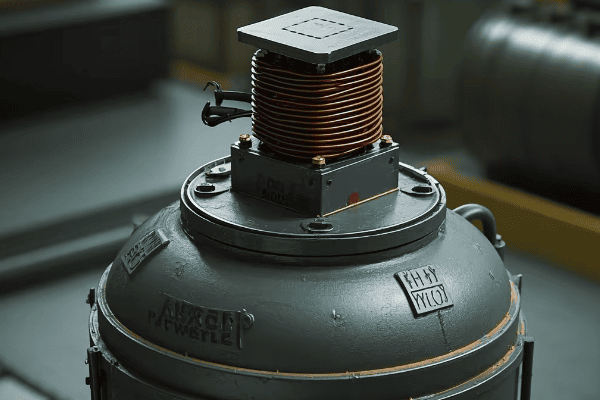
Key features of PFRs include:
- Flow Pattern: Continuous, with minimal axial mixing
- Reaction Progress: Changes along the length of the reactor
- Temperature Profile: Can be constant or vary along the reactor
- Heat Transfer: Mainly through convection
- Applications: Ideal for gas-phase reactions and high-throughput processes
I once worked on optimizing a PFR for the production of biodiesel. The uniform flow pattern allowed us to precisely control the reaction conditions, resulting in a significant increase in product quality and yield.
Key Takeaway: PFRs excel in processes that benefit from a controlled reaction environment and are particularly useful for gas-phase reactions or where product quality depends on precise reaction time.
How Do Fixed Bed Reactors (FBR) Enhance Catalytic Reactions?
Think of a Fixed Bed Reactor as a tube filled with catalytic beads, much like a water filter. But instead of filtering water, it’s facilitating chemical reactions. Why is this design so effective for catalytic processes?
Fixed Bed Reactors (FBRs) consist of a bed of solid catalyst particles through which reactants pass. The reaction occurs on the catalyst surface, making FBRs ideal for heterogeneous catalysis. They offer high conversion rates and are widely used in petroleum refining, chemical synthesis, and environmental applications.
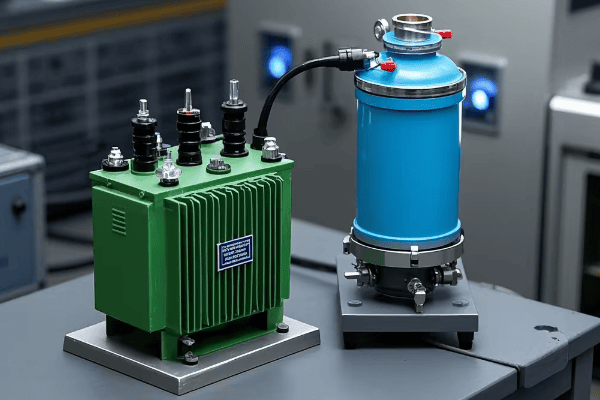
Key aspects of Fixed Bed Reactors include:
- Catalyst Arrangement: Packed bed of solid catalyst particles
- Flow Pattern: Typically downward flow of reactants
- Pressure Drop: Significant across the bed
- Heat Transfer: Mainly through convection, can be challenging to control
- Versatility: Can be used for both gas and liquid phase reactions
In my experience with FBRs, one of the most challenging aspects is managing heat transfer, especially in highly exothermic reactions. I once worked on a project where we implemented an innovative cooling system in an FBR used for ammonia synthesis, significantly improving efficiency and catalyst lifespan.
Key Takeaway: FBRs are powerhouses for catalytic reactions, offering high conversion rates and efficient use of catalyst material, but require careful design to manage heat transfer and pressure drop.
What Advantages Do Fluidized Bed Reactors (FBR) Offer?
Imagine a bed of sand with air blowing through it, causing the sand to behave almost like a fluid. This is the principle behind Fluidized Bed Reactors. But how does this unique design benefit chemical processes?
Fluidized Bed Reactors (FBRs) use a bed of solid particles (often catalyst) that is fluidized by passing gas or liquid through it. This creates a fluid-like behavior of the solid particles, offering excellent heat and mass transfer characteristics. FBRs are widely used in processes requiring efficient heat transfer, such as coal gasification, fluid catalytic cracking, and certain polymerization reactions.
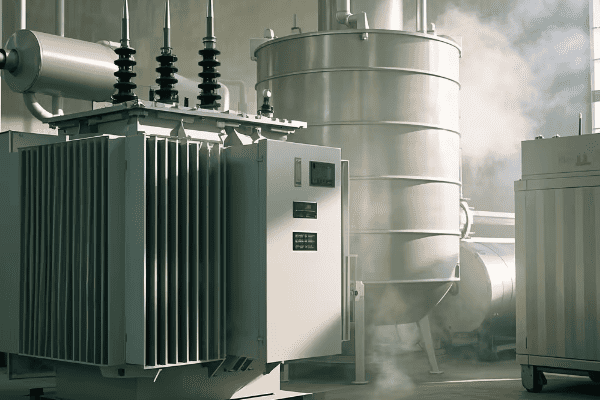
Key features of Fluidized Bed Reactors include:
- Particle Behavior: Solid particles behave like a fluid when gas or liquid passes through
- Heat Transfer: Excellent, due to high mixing and large surface area
- Mass Transfer: Enhanced by the movement of particles
- Temperature Control: Uniform temperature throughout the bed
- Scalability: Easily scalable for industrial processes
I’ve worked with FBRs in the petrochemical industry, particularly in fluid catalytic cracking units. The ability of these reactors to handle large volumes of feedstock while maintaining excellent heat transfer made them indispensable for efficient crude oil processing.
Key Takeaway: Fluidized Bed Reactors excel in processes that benefit from excellent heat and mass transfer, making them ideal for reactions involving rapid heat exchange or those requiring uniform temperature distribution.
Conclusion
Understanding the different types of chemical reactors is crucial for anyone involved in chemical engineering or process design. Each reactor type – from the simple batch reactor to the complex fluidized bed reactor – has its unique advantages and best-suited applications. The choice of reactor can significantly impact process efficiency, product quality, and overall economics of a chemical operation. As we continue to innovate in chemical processing, these reactor designs will evolve, but their fundamental principles will remain the cornerstone of chemical engineering.
FAQs: Common Questions About Chemical Reactors
- Which reactor type is best for small-scale, diverse chemical production?
Batch reactors are typically best for small-scale, diverse chemical production. They offer flexibility in operation, easy cleaning between batches, and are ideal for producing small quantities of different products. This makes them perfect for specialty chemicals, pharmaceuticals, and product development stages.
- How do continuous reactors like CSTRs and PFRs compare in terms of efficiency?
CSTRs and PFRs have different efficiency profiles:
- CSTRs offer excellent mixing and are good for reactions where constant conditions are needed throughout.
- PFRs provide better conversion for many reactions due to their concentration gradient along the reactor length.
The choice depends on the specific reaction kinetics and process requirements. In my experience, PFRs often show higher efficiency for simple, single-step reactions, while CSTRs excel in complex reaction systems requiring uniform conditions.
- Can different reactor types be combined in a single process?
Yes, combining reactor types is common in complex chemical processes. For example:
- A CSTR followed by a PFR can optimize yield in some reaction systems.
- A fluidized bed reactor might be used for a main reaction, followed by a fixed bed reactor for product purification.
I’ve worked on a process where we used a CSTR for initial mixing and reaction, followed by a PFR for final conversion, which significantly improved overall yield and product quality.
- How do environmental regulations impact reactor choice and design?
Environmental regulations significantly influence reactor choice and design, particularly in terms of:
- Emissions control: Reactors may need to be designed with better sealing or off-gas treatment systems.
- Energy efficiency: Regulations may push for more energy-efficient designs, favoring reactors with better heat integration.
- Waste reduction: Reactor choice might be influenced by the ability to minimize or easily treat waste products.
In recent years, I’ve seen a trend towards more compact, efficient reactor designs that minimize environmental impact while maximizing productivity.
- What are the latest innovations in reactor design?
Recent innovations in reactor design include:
- Microreactors: Extremely small reactors for precise control and safety in handling dangerous reactions.
- 3D-printed reactors: Custom-designed reactors for specific reactions or process intensification.
- Membrane reactors: Combining reaction and separation in a single unit.
- Photocatalytic reactors: Using light to drive chemical reactions, especially in environmental applications.
I’m particularly excited about the potential of microreactors in pharmaceutical manufacturing, where they can significantly reduce development time and improve safety for small-scale, high-value product synthesis.
Free CHBEB Transformer Catalog Download
Get the full range of CHBEB transformers in one catalog.
Includes oil-immersed, dry-type, pad-mounted, and custom solutions.
Quick Message
Request A free quote
We'd like to work with you
- +86 15558785111
- [email protected]
- +86 15558785111
What We Do
CHINA BEI ER BIAN (CHBEB) GROUP, with 218 million in registered capital, originated from Beijing Beierbian Transformer Group. Headquartered in Beijing for R&D, it operates major production bases in Nanjing and Yueqing, producing high-quality products.
Latest Product
address
BeiJing
No 3,RongJing East Road,BeiJing Economic Technological Development Area,BeiJing,China
JiangSu
No 7️Xiangfeng Road,Jiangning,NanJing,JiangSu,China
WenZhou
No.211, Wei 16 Road, Industrial Zone, Yueqing, Wenzhou, Zhejiang, China.
XiangYang Industrial Zone ,YueQing,WenZhou,ZheJiang,China
contact us
- [email protected]
- +86 13057780111
- +86 13057780111
- +86 15558785111
Copyright © Bei Er Bian Group


